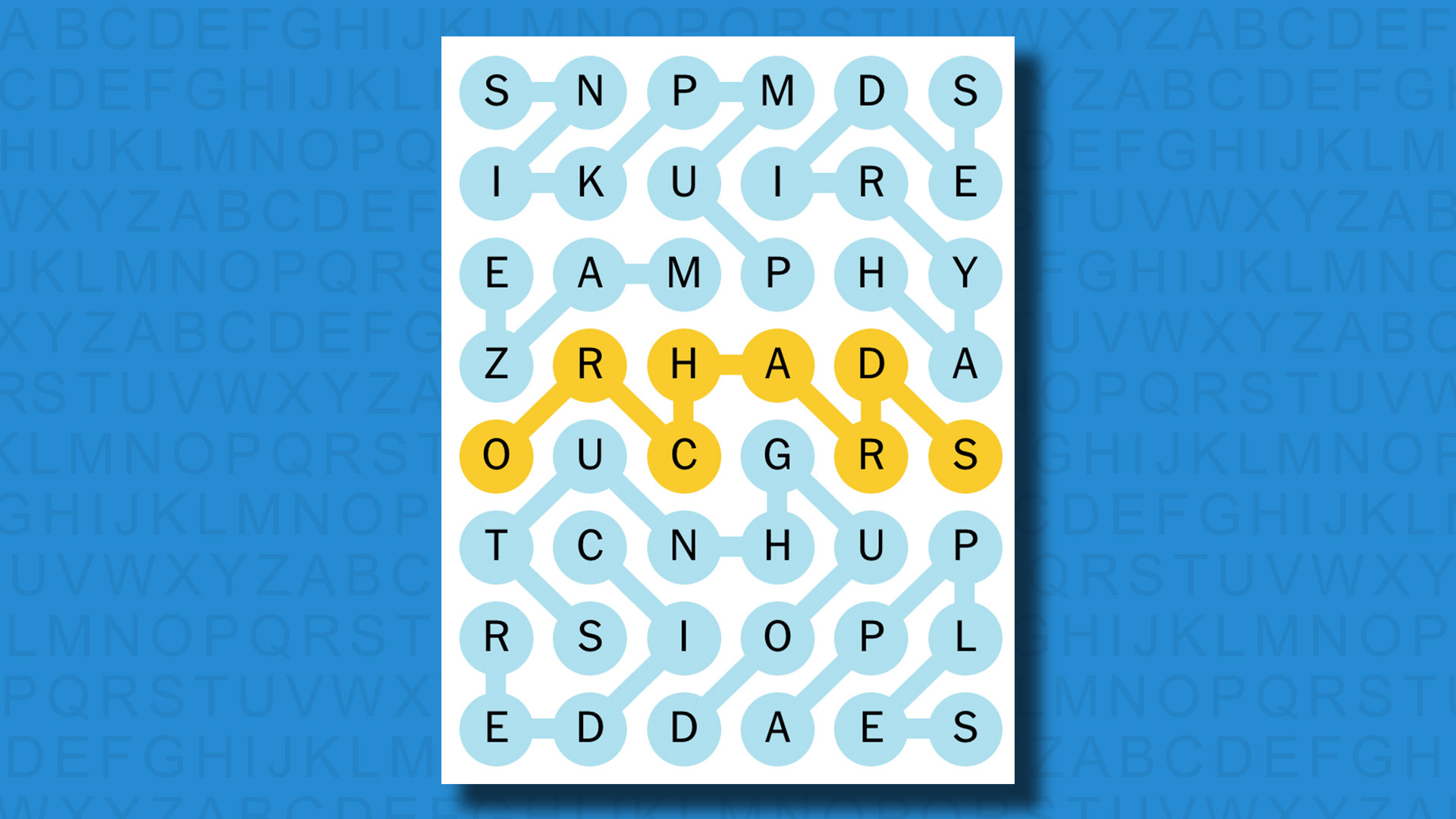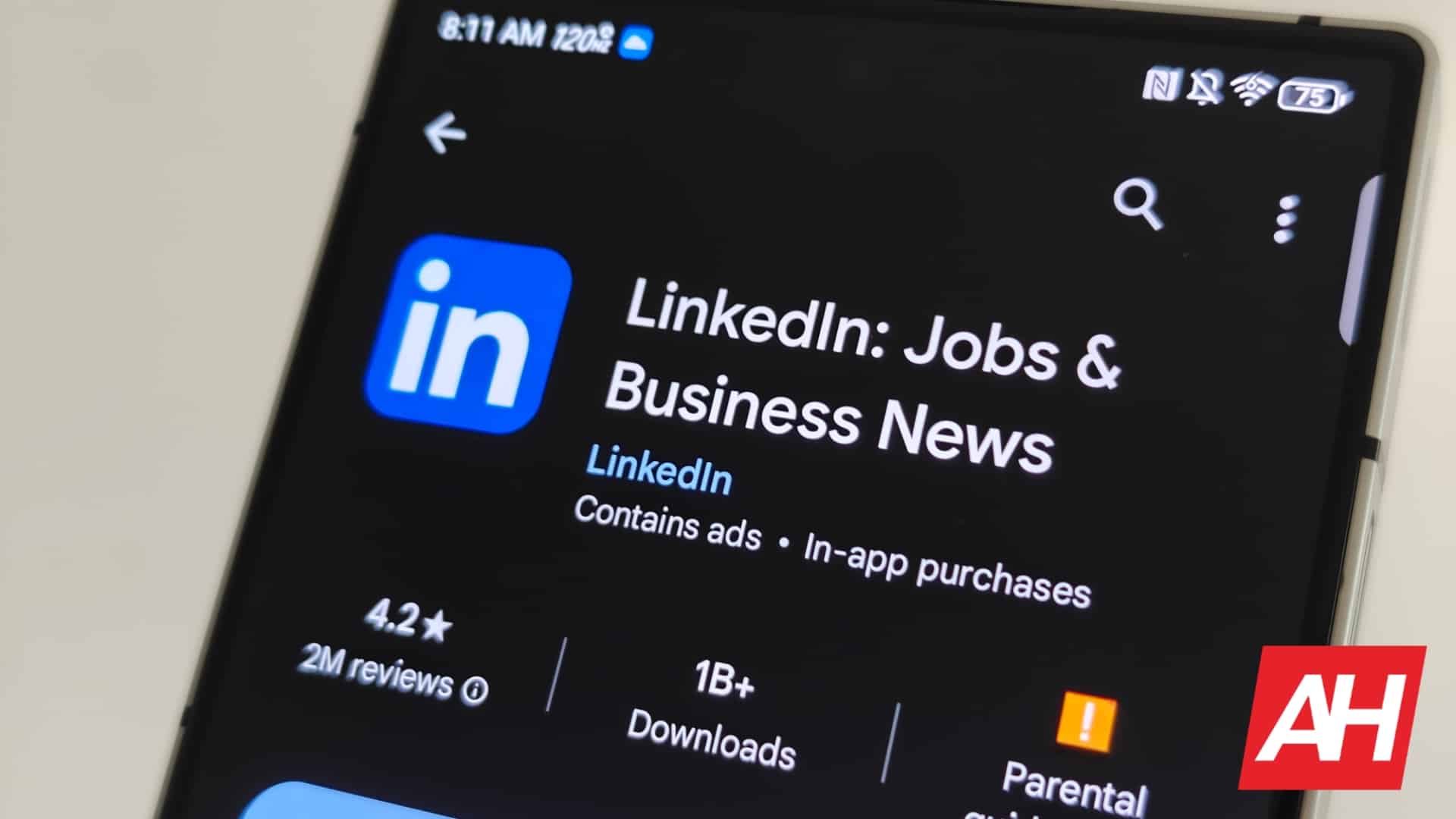Strands is the NYT’s latest word game after the likes of Wordle, Spelling Bee and Connections – and it’s great fun. It can be difficult, though, so read on for my Strands hints.
Want more word-based fun? Then check out my Wordle today, NYT Connections today and Quordle today pages for hints and answers for those games.
SPOILER WARNING: Information about NYT Strands today is below, so don’t read on if you don’t want to know the answers.

NYT Strands today (game #239) – hint #1 – today’s theme
What is the theme of today’s NYT Strands?
• Today’s NYT Strands theme is… Fall fun
NYT Strands today (game #239) – hint #2 – clue words
Play any of these words to unlock the in-game hints system.
- PUMP
- PLUS
- AIDE
- PAID
- DIRE
- CHAMP
NYT Strands today (game #239) – hint #3 – spangram
What is a hint for today’s spangram?
• Pick your own
NYT Strands today (game #239) – hint #4 – spangram position
What are two sides of the board that today’s spangram touches?
First: left, 5th row
Last: right, 5th row
Right, the answers are below, so DO NOT SCROLL ANY FURTHER IF YOU DON’T WANT TO SEE THEM.
NYT Strands today (game #239) – the answers

The answers to today’s Strands, game #239, are…
- PUMPKINS
- APPLES
- MAZE
- CIDER
- DOUGHNUTS
- HAYRIDES
- SPANGRAM: ORCHARDS
- My rating: Moderate
- My score: 2 hints
I suspect many people will find today’s Strands a lot easier than I did – but it may well depend entirely on where in the world you live. If that’s the United States, then this may be easy enough, with the theme of ‘Fall fun’ and the spangram of ORCHARDS making perfect sense. For me, born and bred in the UK, it was all a bit alien. Sure, I know what an orchard is but it has no connection to ‘fall’ particularly, let alone to CIDER, MAZE or HAYRIDES. And then there’s DOUGHNUTS, which seems entirely out of place here – and indeed out of place among all that fresh fruit and outdoor goodness. I think we have to chalk this one off as a case of transatlantic differences.
How did you do today? Send me an email and let me know.
Yesterday’s NYT Strands answers (Sunday, 27 October, game #238)
- CLASS
- PARTY
- LITTER
- LIFE
- CREAM
- CROP
- HEAD
- PICK
- SPANGRAM: PERFECTPAIR
What is NYT Strands?
Strands is the NYT’s new word game, following Wordle and Connections. It’s now out of beta so is a fully fledged member of the NYT’s games stable and can be played on the NYT Games site on desktop or mobile.
I’ve got a full guide to how to play NYT Strands, complete with tips for solving it, so check that out if you’re struggling to beat it each day.











































































































































































You must be logged in to post a comment Login